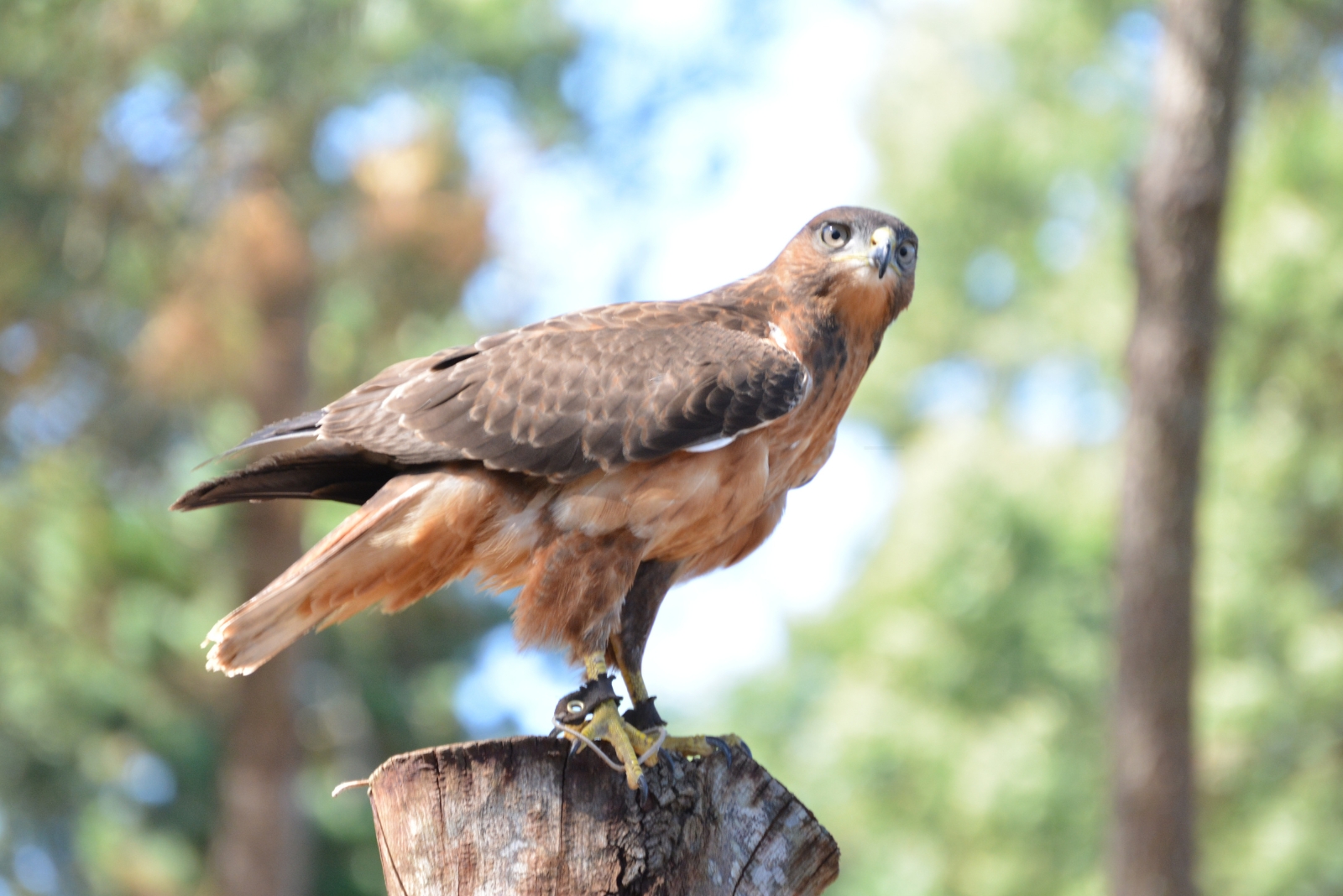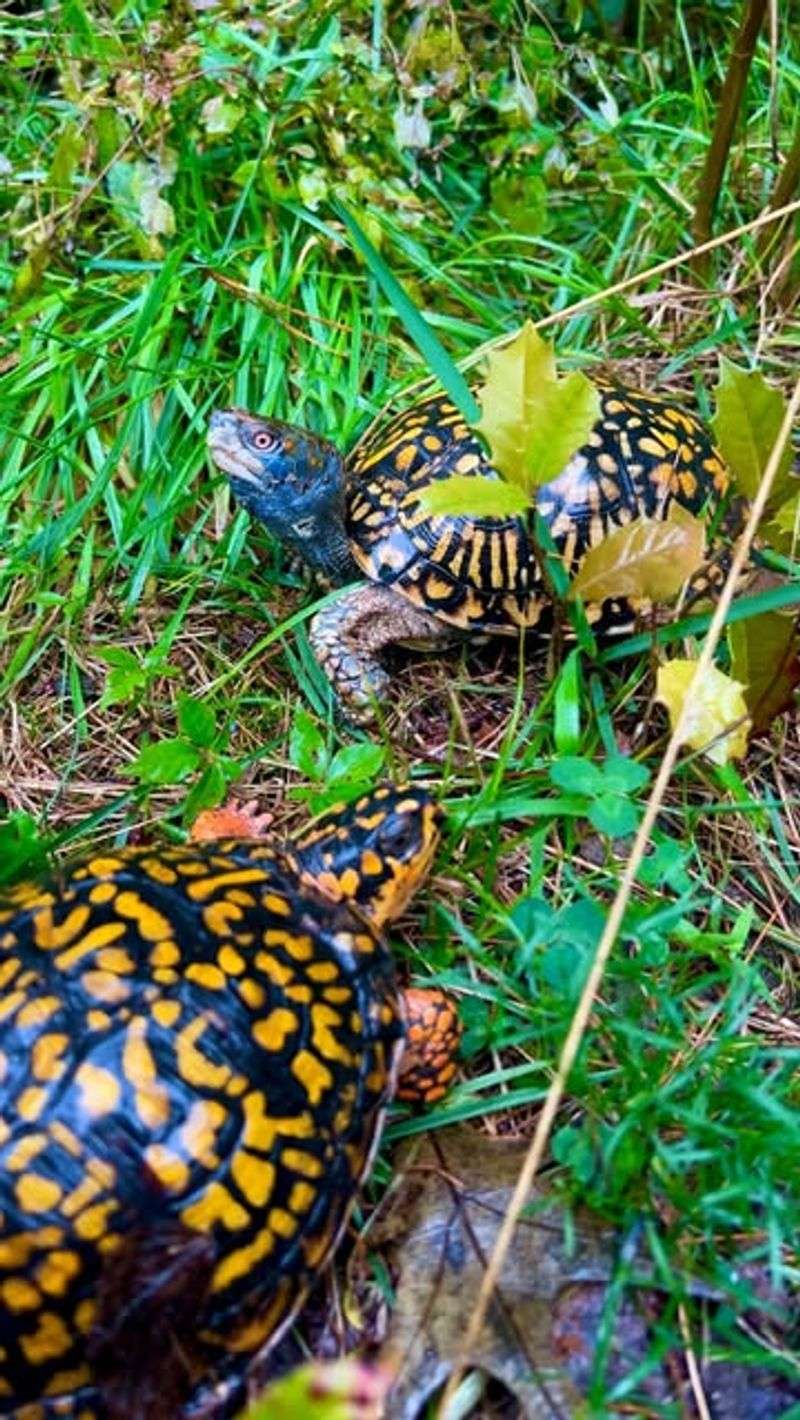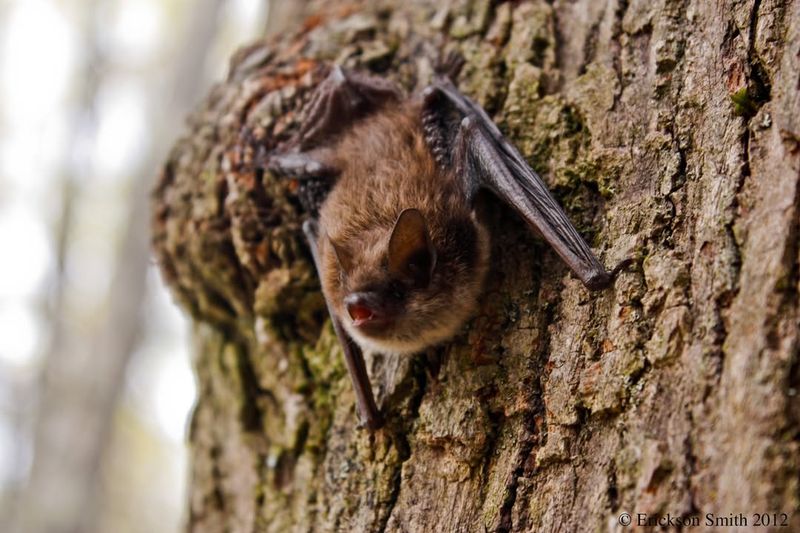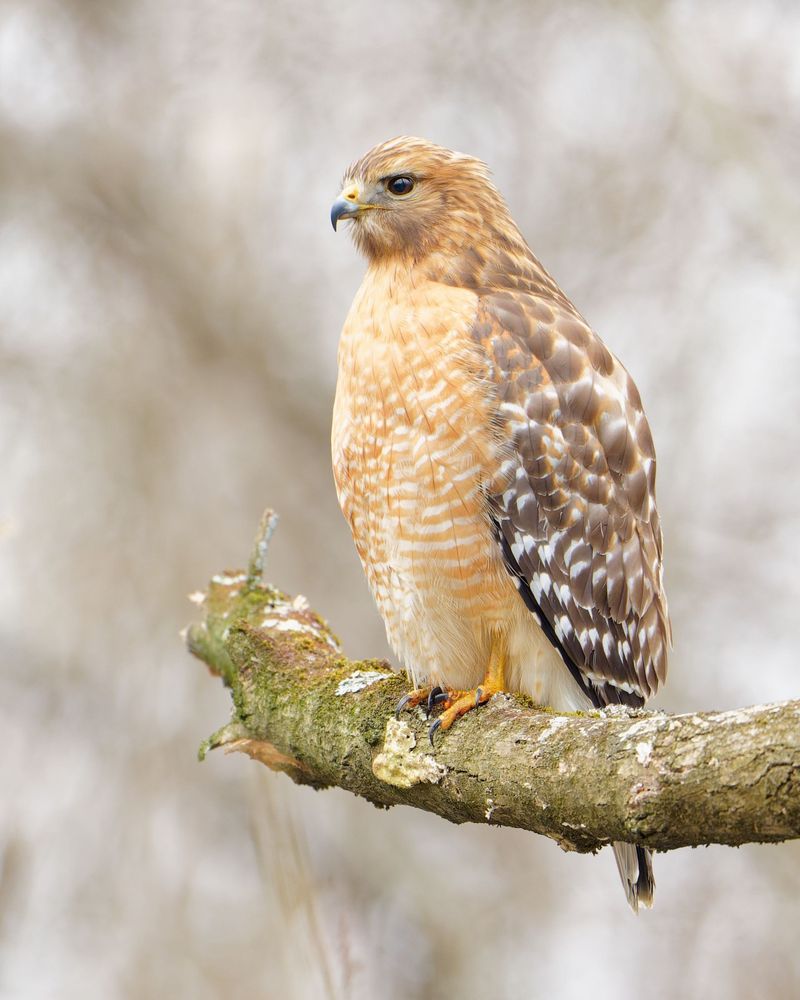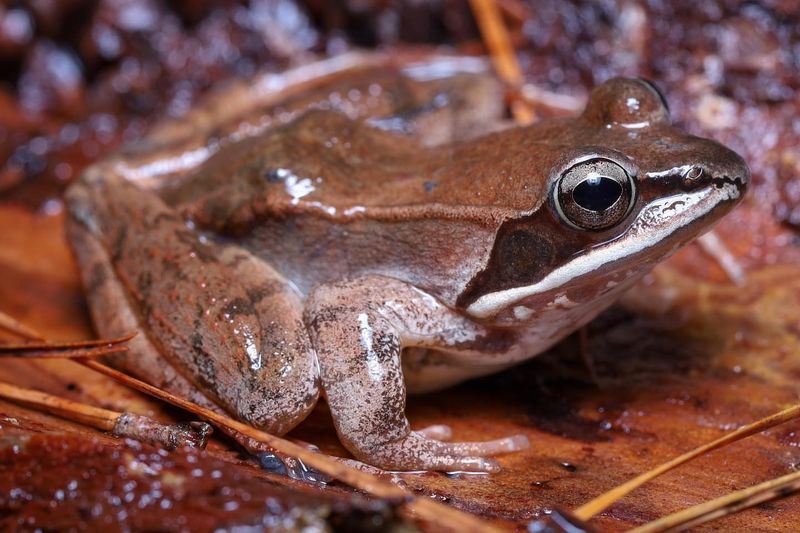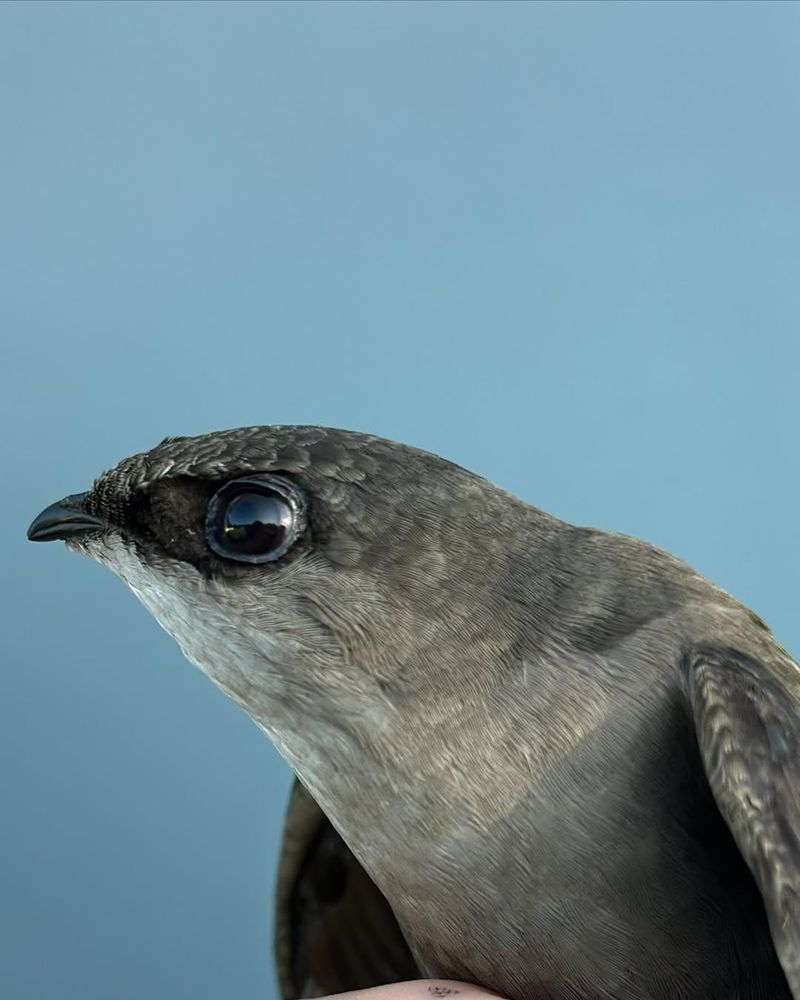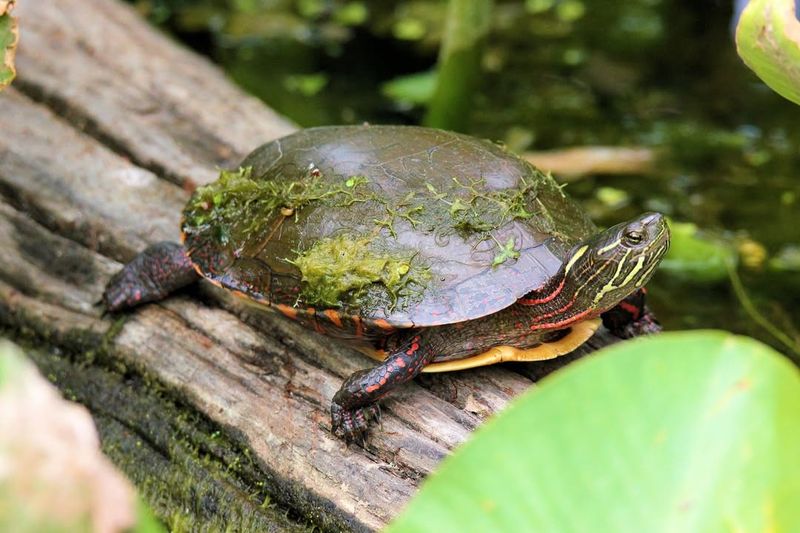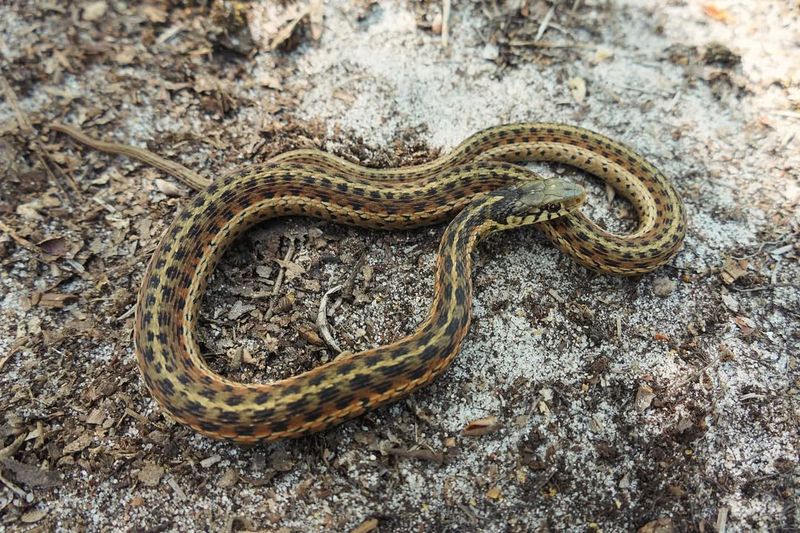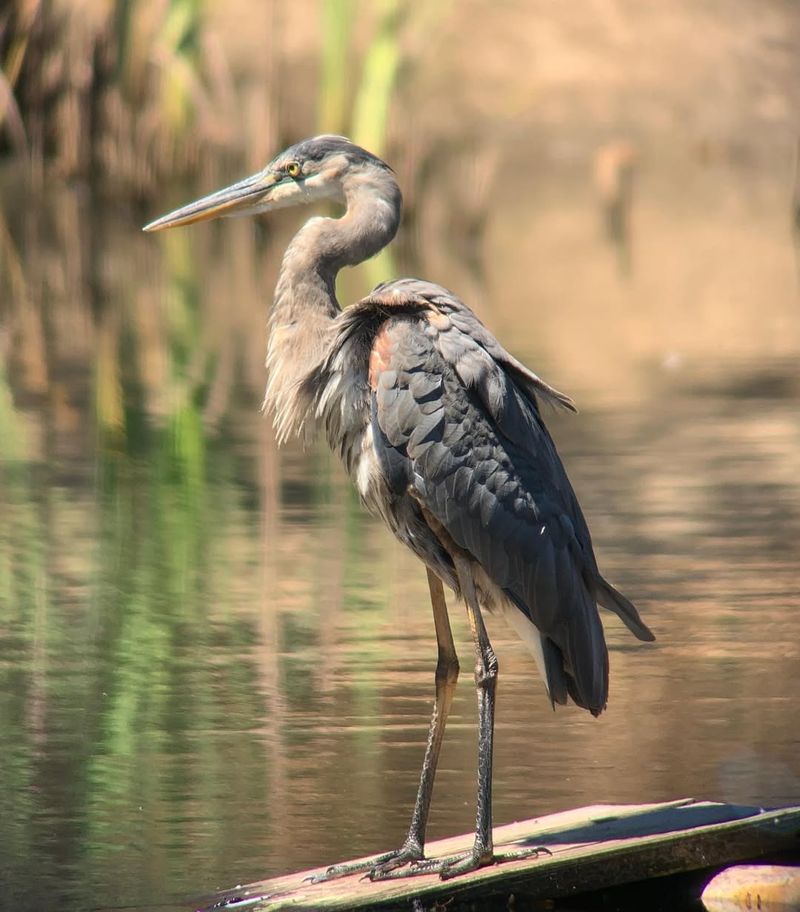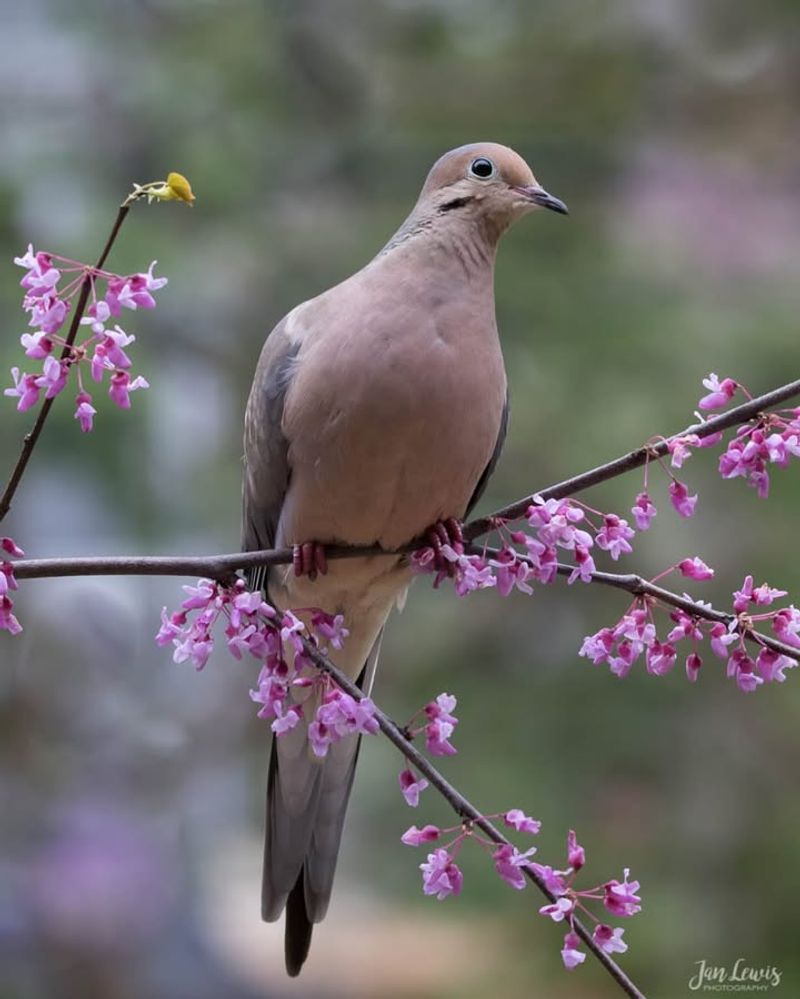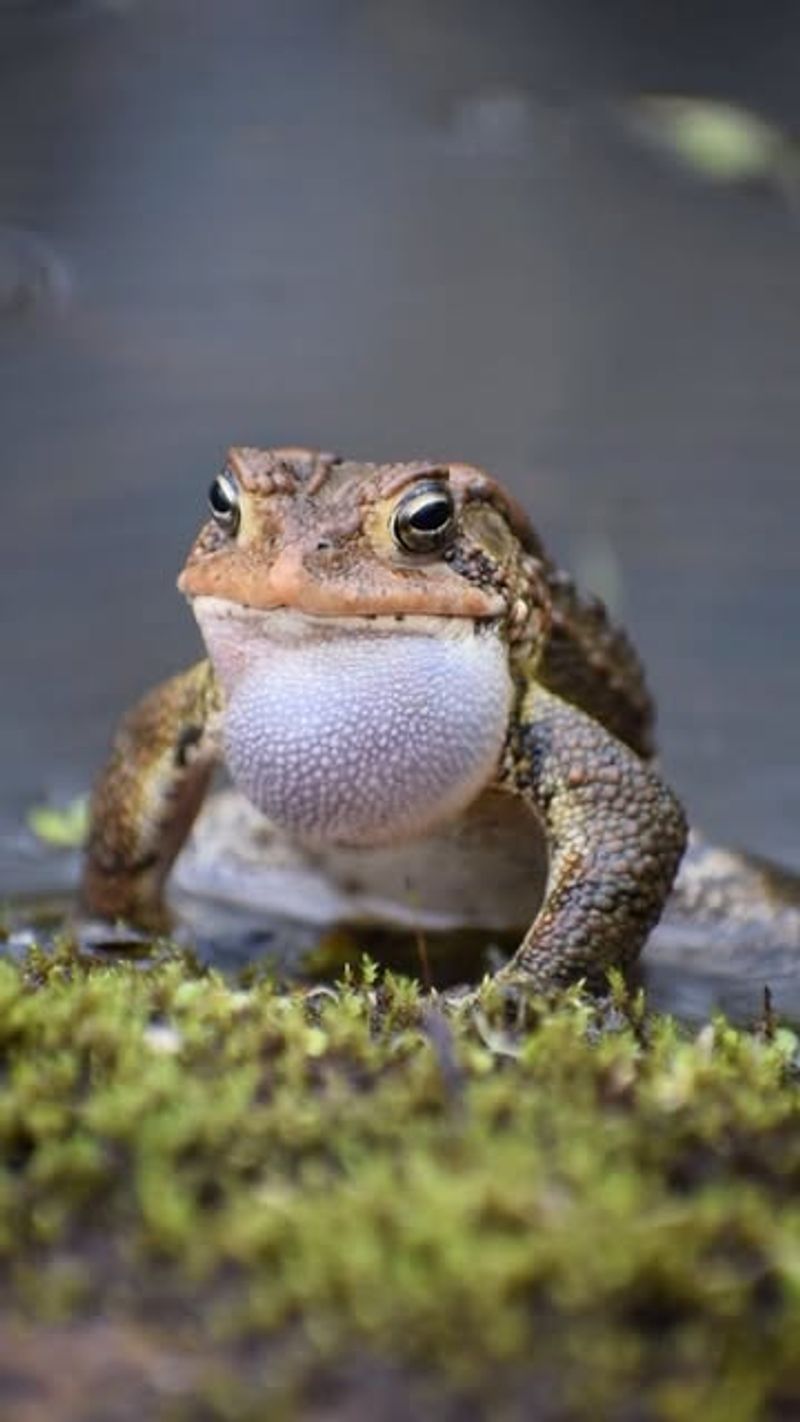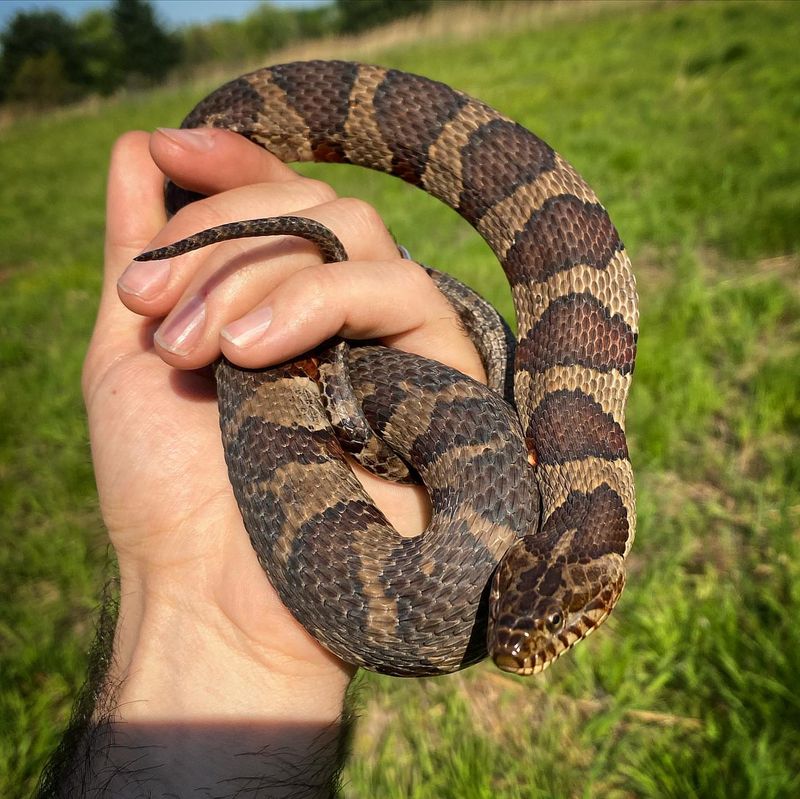Not every critter creeping through your garden is fair game to chase away. In Connecticut, some unexpected guests — from backyard birds to tiny amphibians — have powerful legal protection on their side.
Before you shoo, swat, or relocate, here are 11 creatures you’ll want to treat with care — the law’s watching, and so is nature.
1. Eastern Box Turtle
Spotting one of these colorful reptiles in your backyard is special because they’re officially listed as a species of concern. Their distinctive domed shells feature beautiful patterns that make each turtle unique.
Connecticut law prohibits collecting, possessing, or selling box turtles without proper permits. If you find one crossing your property, simply let it continue on its way undisturbed.
Moving them to different locations can actually harm their survival since they have small home ranges they know well.
2. Little Brown Bat
Your attic might host these tiny flying mammals during summer months when females raise their young. Despite causing homeowner concerns, all bat species receive protection under state wildlife laws.
Killing or harming bats is illegal, and exclusion work must follow strict timing rules. Professional wildlife experts can only remove bats during specific seasons to avoid separating mothers from babies.
Remember that bats eat thousands of mosquitoes nightly, providing valuable pest control services for your neighborhood completely free.
3. Red-Shouldered Hawk
Listen for their distinctive whistling calls echoing through wooded neighborhoods during spring and summer. Federal and state laws protect all hawk species, making it illegal to disturb nests or harm these magnificent raptors.
Homeowners sometimes worry about pets, but these birds primarily hunt small rodents, snakes, and amphibians. Their presence actually indicates a healthy ecosystem surrounding your property.
Watch from a respectful distance if you discover a nest, as getting too close causes unnecessary stress.
4. Wood Frog
Early spring brings these remarkable amphibians out from winter hiding spots, sometimes right in your garden. Connecticut protects all native frog species, prohibiting collection or harm without scientific permits.
Wood frogs survive freezing temperatures by producing natural antifreeze in their bodies, making them true winter warriors. Their robber-mask facial markings help identify them from other backyard frogs.
Creating small water features encourages these beneficial creatures to stick around and control garden pests naturally throughout growing season.
5. Chimney Swift
These aerial acrobats spend entire days catching insects on the wing, never landing except inside chimneys for roosting. Federal protection covers chimney swifts under the Migratory Bird Treaty Act, making nest removal illegal during breeding season.
Homeowners must wait until birds migrate south in fall before cleaning or capping chimneys. Their chattering calls at dawn and dusk signal their presence inside your flue.
Consider yourself lucky to host these declining birds, as they provide excellent mosquito control services.
6. Painted Turtle
Backyard ponds often attract these beautifully marked reptiles seeking sunny basking spots and aquatic plants. State regulations protect painted turtles from collection, and possessing them without permits violates wildlife laws.
Watching them sunbathe on logs provides endless entertainment, especially when multiple turtles compete for the best spots. They play important roles controlling aquatic vegetation and serving as prey for larger animals.
Never relocate turtles from natural areas to your property, as this disrupts populations and spreads diseases between water bodies.
7. Eastern Garter Snake
Gardens and yards throughout Connecticut host these completely harmless reptiles that help control slug and insect populations. All native snake species receive protection, and killing them carries potential fines and penalties.
Garter snakes pose zero threat to humans or pets despite common fears about any snake encounter. Their presence indicates healthy soil ecosystems with plenty of invertebrate prey available.
Learning to identify and appreciate these helpful hunters benefits your garden far more than reaching for a shovel ever could.
8. Great Blue Heron
Standing over four feet tall, these impressive wading birds sometimes visit backyard ponds seeking easy fish meals. Both federal and state protections make harassing or harming herons serious offenses with significant penalties.
Pond owners frustrated by fish losses must use legal deterrents like netting or motion-activated sprinklers instead. Watching their patient hunting techniques demonstrates remarkable wildlife behavior right outside your window.
Their prehistoric appearance and graceful flight patterns make even unexpected visits memorable experiences worth tolerating occasional goldfish losses.
9. Mourning Dove
Their melancholy cooing sounds peaceful in morning hours as they visit feeders and gardens statewide. Migratory Bird Treaty Act protection covers mourning doves despite their classification as game birds during hunting season.
Outside designated hunting periods and without proper licenses, harming these birds remains illegal everywhere including private property. Their ground-feeding habits make them vulnerable to outdoor cats, so responsible pet ownership helps protect them.
Providing platform feeders and scattered seed encourages these gentle birds to become regular visitors year-round.
10. American Toad
Evenings bring these bumpy-skinned amphibians out from daytime hiding spots to hunt insects across lawns and gardens. Connecticut law protects all native amphibian species, preventing collection or harm without authorization.
Despite old myths, touching toads never causes warts, though their skin secretions may irritate sensitive areas. Gardens with toads benefit from natural pest control as each individual consumes thousands of insects seasonally.
Creating toad houses from overturned clay pots encourages them to establish territories and return year after year faithfully.
11. Northern Water Snake
Ponds, streams, and water features attract these aquatic hunters that often get mistaken for dangerous species. Connecticut has no venomous water snakes, making every aquatic snake encounter completely safe despite aggressive defensive displays.
State protection covers all native snakes, and killing them based on misidentification violates wildlife regulations. Northern water snakes control fish, frog, and invertebrate populations while providing food for herons and other predators.
Learning accurate identification prevents unnecessary fear and helps appreciate their ecological importance in backyard water ecosystems naturally.

